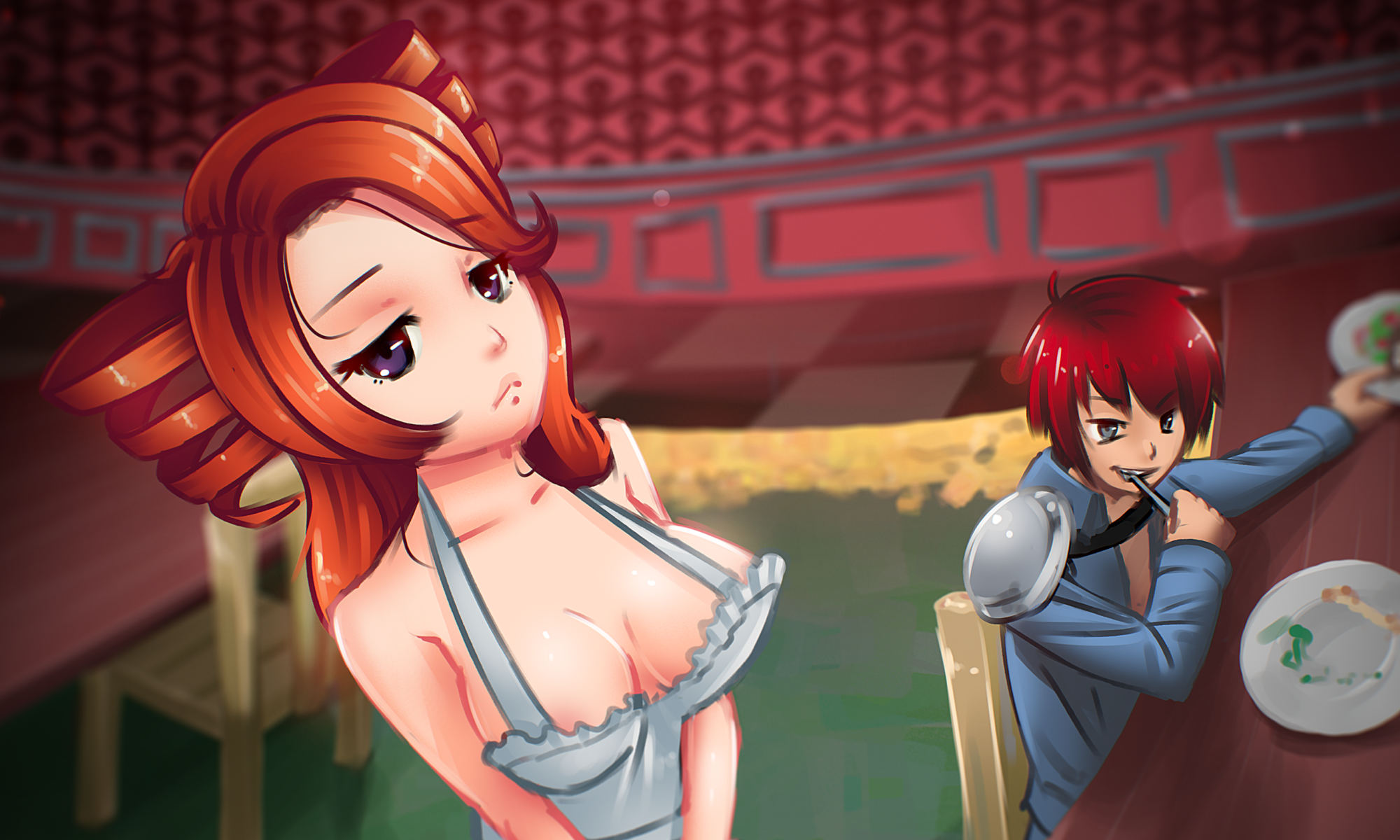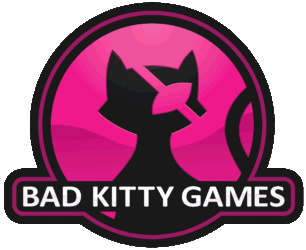Man, I really never know how to start off these blog posts… Well, first let me start by saying that the v0.42 mini-release is on it’s way, and should be out to Patreon supporters in a matter of minutes! Anyways, today I wanted to talk about a little viewpoint that I think is very important to remember when it comes to designing enemies and encounters in any sort of game, the sort of idea about how the enemy you face never ‘dies’ but rather ‘transforms’ and how it encourages players to play ‘optimally’ whether they realize it or not.
So to start out with, let me explain for anyone unaware what the ‘5 minute adventuring day’ refers to, see in DnD and several tabletop games characters will typically have various resources or abilities that have limited uses per day, but are otherwise infinite and depending on the encounters they face, how they play, how their characters are setup, and the luck of the dice players may decide they want to end the day a lot sooner then perhaps they should, in the worst cases wanting to end each ‘day’ after every single encounter. This is obviously frowned on for the most part as if your characters setup camp, have dinner, put up a watch, and sleep, after every set of goblins then it’s going to stretch immersion a lot as well as make it hard to balance against as the players are effectively treating every encounter like it’s a ‘boss’ by being willing to throw all their resources at it, but since the rules typically don’t really have any rules directly stopping you from doing this it’s hard to argue against how effective it is.
This little habit that players might form can be curtailed to an extent by putting them on a time-limit, letting the enemies replenish their forces so it doesn’t really reduce their abilities, making those 8+ hours of sleep be more dangerous than the 2~ish hours of being awake clearing out this dungeon would take, whatever, but one thing that I’ve seen sometimes go unnoticed is that whether you realize it or not, there is always an enemy ‘party’ on any given adventuring day that’s competing with resources. If you would, let’s say that your party of a thief, warrior, wizard, and cleric go up against some bandits that mirror your party but are one level below you on all fronts, and you will have 3 more similar encounters before you get to the boss fight who’s equal to your level, in this situation it might look like you’re up against 20 different enemies, but as long as you can only encounter each group separately you actually only have 4 enemies and this enemy party will be fought on 5 separate occasions, the main difference is that the enemy party has exactly X amount of resources that they must either use or lose in any given encounter, sure the lower level enemy wizards might only have 1 fireball to your 2, but there’s a total of 4 wizards before the boss so that means that there’s 4 fireballs on the enemies team to your 2, the difference is that the enemy ‘knows’ that they only have to worry about this encounter while you’ve got to worry about the next encounter. This puts players in a bad position, as they are less familiar with the terrain than the enemies, they don’t know what’s coming next much less what resources they can safely spend on this fight, but their bad luck is persistent while their good luck is instanced (if you crit an enemy at 1 HP, you do 1 damage, the next iteration of that enemy doesn’t take the excess damage, meanwhile if the enemy crits against you, you DO take that damage into the next encounter).
Good strategy and luck can overcome this, but the only real advantage the players have is that as long as they can win this encounter, if they go and sleep they can regain resources they spent, meanwhile the enemy can’t because the iteration of the enemy you fought in the first encounter is gone permanently, while the second instance hasn’t lost any resources. Taking on 2 enemies with 75% of your health one after another is no different than taking on 1 enemy with 150% of your health unless you can use the time between enemy 1 and 2 to recover resources (like health or abilities) that you otherwise couldn’t. That said, designing encounters in a way that encourages mass-resting is very often advised against, where you’re supposed to design things in a way that the drain from several encounters eventually match up to what you want to drain from the player, which is good as that’s how you help make sure that players never feel like they need to rest unless they made mistakes in managing their resources or are really unlucky (in the former case a single rest will usually solve it as they learn to better manage their resources which isn’t a huge problem usually, while with the latter it’s more understandable and a GM is probably more likely to take pity on you if the dice want the campaign to be done with while no one at a table does).
This little ‘instance vs persistent’ issue can also run in the other direction, and you can also begin to understand where having a 100% even playing field begins to fall apart. One time I saw someone propose a magical item that could give players the regenerative abilities of a troll, but would have some drawbacks if it kept you from dying, which was said to be designed with the idea of ‘if the enemy has it then it’s fine for the player’ in mind, but the problem with that line of thinking is that typically you won’t be fighting a troll in every battle, so having one instance of the warrior from my hypothetical example serve to have regeneration isn’t anywhere near as potent as giving the player warrior this regeneration, because now instead of having 5 regeneration for let’s say 3 rounds of combat (potentially up to +15 HP), it’s now 5 regeneration for 12 rounds of combat and the boss battle (potentially up to +60 HP not including the boss fight or time between fights). This isn’t to say that such an item can’t be given, after all that kind of a safety net to help prevent player deaths could be very useful in helping to adjust the difficulty by adding in several states of failure rather than just living/dead, but it’s important to keep in mind that how potent an effect is on an enemy can vastly differ from how potent it is on a player due to how the two live inherently different lives. Enemies can spend expensive resources far more readily than players can, but persistent effects on them effectively end once players finish off this ‘instance’ of the enemy while persistent effects on players can go on indefinitely.
All that said, I’m not always the best at tailoring the enemies of HC in a way to be balanced around this idea, as I don’t always have a firm understanding on the number of encounters in a dungeon or their placement when I’m designing the enemies, which means that I have to rely largely on tester input on how my enemies turned out effectively, but I do at least try to remember this principle when I get their feedback, no matter how unique I might think this idea is for an enemy, no matter how much I may want that boss to stand out from others, at the end of the day if my design is asking for the players to invest a lot of resources then the quest as a whole will suffer if I leave it be.

